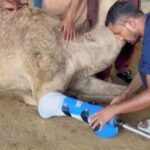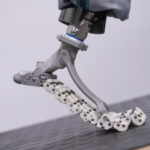Now Reading: Revolutionary SoftFoot Pro Mimics Human Foot, Transforming Lives for Amputees
-
01
Revolutionary SoftFoot Pro Mimics Human Foot, Transforming Lives for Amputees
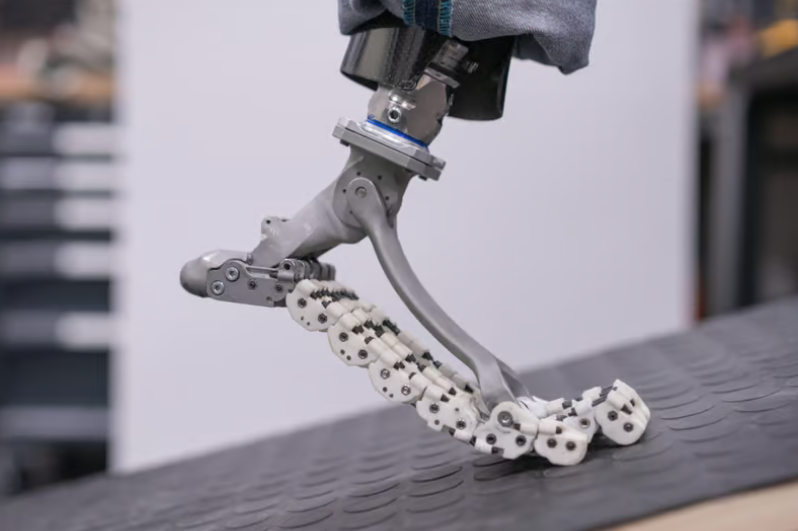
Revolutionary SoftFoot Pro Mimics Human Foot, Transforming Lives for Amputees
GENOA, Italy — Imagine navigating a rocky trail, climbing stairs, or simply bending down to tie your shoe with a prosthetic foot that feels as natural as your own. For many amputees, this has been a distant dream—until now. The Istituto Italiano di Tecnologia (IIT) in Genoa has unveiled the SoftFoot Pro, a groundbreaking prosthetic foot that mimics the human foot’s flexibility and function, offering unprecedented mobility and comfort. This motorless, lightweight marvel is set to redefine prosthetics, and it’s already making waves in clinical trials and beyond.
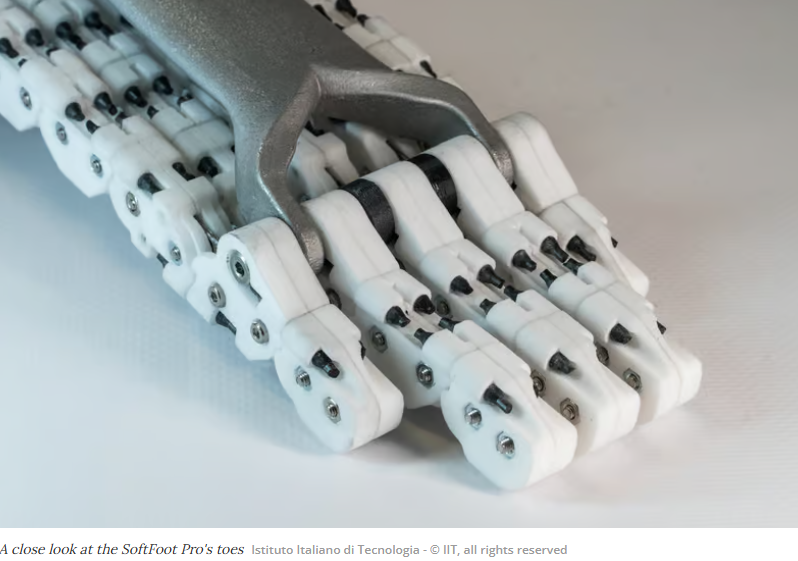
Unlike traditional prosthetic feet, which are often rigid and struggle to adapt to uneven terrain, the SoftFoot Pro is a game-changer. Weighing just 450 grams (about 1 pound), it can support up to 100 kilograms (220 pounds) and is entirely unpowered, relying on clever engineering to replicate the human foot’s natural movements. Developed by researcher Manuel G. Catalano and his team at IIT, the SoftFoot Pro draws inspiration from the human foot’s anatomy, incorporating five parallel chains of high-strength plastic segments that mimic the phalanges (toe bones) and metatarsal bones (which extend from the toes to the heel). These chains are connected by elastic connectors and a 210-millimeter, mechanically inextensible cable anchored at the heel, creating a flexible yet robust structure.
At the heart of the SoftFoot Pro is a titanium arch mechanism (or aeronautical-grade aluminum alloy in some versions), which functions like the human foot’s plantar fascia—a band of tissue that connects the heel to the toes. This arch stores energy as the toes bend at the end of each step, then releases it to propel the user forward, mimicking the natural “push-off” of a human gait. The design also absorbs 10% to 50% of impact energy when the foot strikes the ground, reducing strain on the user’s body. “What prostheses and today’s humanoid robots have in common is flat or low-compliant feet, developed for stability but incapable of adapting to terrain changes,” Catalano explains. “SoftFoot Pro changes that.”

The SoftFoot Pro’s flexibility allows it to conform to uneven surfaces, from slippery slopes to rocky paths, ensuring stability and balance. Its ability to bend at the toes when climbing inclines or descending stairs makes everyday activities—like kneeling, squatting, or picking up objects—far easier. Waterproof and durable, it’s designed for outdoor adventures, whether on beaches, meadows, or wet terrain, eliminating the need for multiple specialized prosthetics. “This is about giving people freedom to live their lives without constantly switching devices,” says Catalano.
Clinical trials at Hannover Medical School in Germany and the Medical University of Vienna in Austria have already shown promising results. Volunteer amputees reported improved balance, a more natural gait, and greater confidence on varied terrains. One participant shared, “To no longer have to walk up my driveway at an angle after collecting the trash—this made my day!”
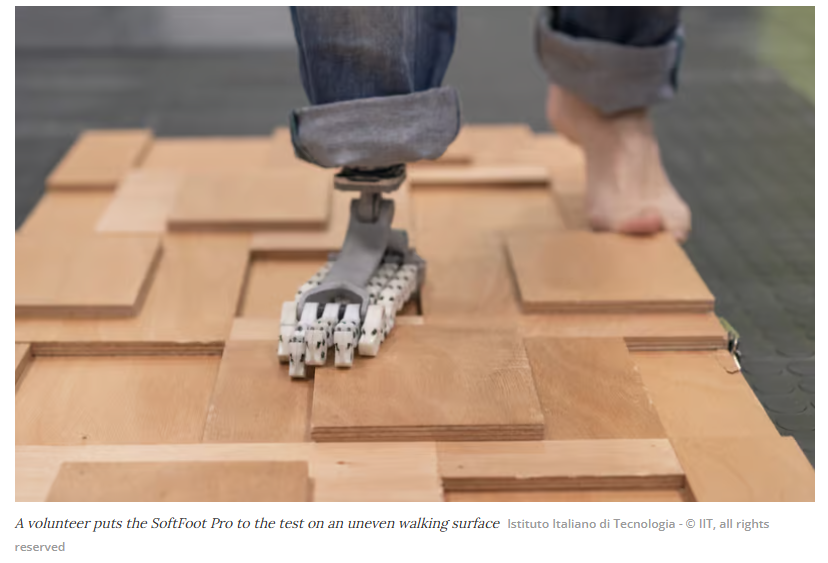
The SoftFoot Pro’s innovation doesn’t stop with human users. Its design has been successfully tested on robotic platforms, including the Anymal quadruped robot at ETH Zurich and the HRP-4 humanoid robot at the University of Tokyo. This versatility hints at its potential to enhance mobility in future humanoid robots, making them more adept at navigating complex environments. The prototype’s unique design has earned two international patents, with a third under review by the European Patent Office, underscoring its global impact.
Unveiled to the public at the G7 Health track’s “Life-long Prevention for Healthy and Active Ageing” event in Genoa, the SoftFoot Pro is more than a prosthetic—it’s a symbol of hope. By blending cutting-edge materials with bioinspired engineering, it offers amputees a chance to reclaim mobility and independence. Social media buzz on platforms like X reflects the excitement, with users calling it “a literal leap forward” and praising its ability to “fit neatly onto any surface like a living limb.”
As IIT continues to refine the SoftFoot Pro, the team is focused on durability and maintenance concerns raised by some users, ensuring it remains a practical, long-term solution. For now, this innovative prosthesis is poised to transform lives, one step at a time.
For more information, visit the Istituto Italiano di Tecnologia’s website or follow updates from the research team.
Source: Istituto Italiano di Tecnologia
Primary Source:
New Atlas. (2024). “SoftFoot Pro prosthetic foot mimics human foot’s flexibility.”
Available at: https://newatlas.com/good-thinking/softfoot-pro-prosthetic-foot/.
Supplementary Context:
Istituto Italiano di Tecnologia (IIT) official website and related publications on the SoftFoot Pro project
(accessed via general web information for background on the research team and institution).
General knowledge about prosthetic technology and bioinspired engineering, consistent with updates
on advancements in the field as of May 2025.








